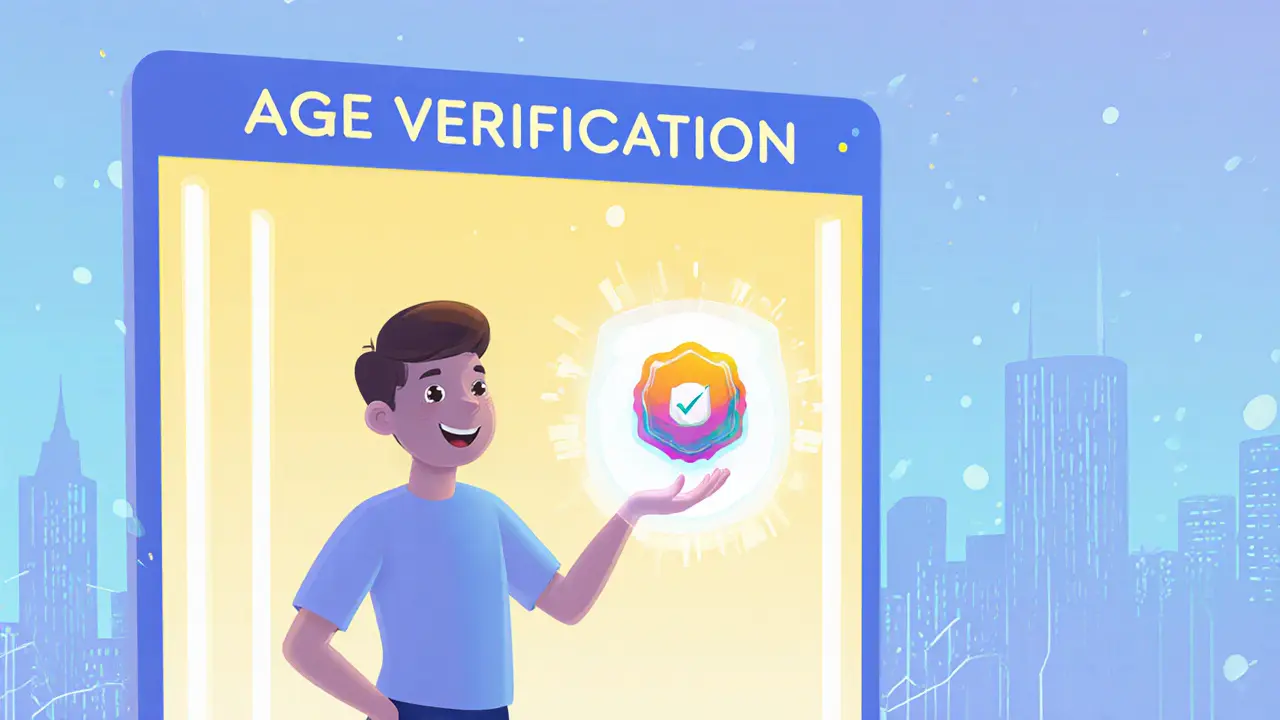When working with zero-knowledge proof, a cryptographic method that lets one party prove knowledge of information without revealing the information itself. Also known as ZKP, it boosts privacy and scalability in blockchain applications. The zero-knowledge proof technique lets you verify data without ever seeing the data, which is a game‑changer for anyone who values confidentiality and efficiency.
One popular child of this technology is zkSNARKs, succinct non-interactive arguments of knowledge that enable fast verification of proofs with tiny on‑chain footprints. They combine three key attributes: brevity (proofs are just a few hundred bytes), speed (verification takes milliseconds), and non‑interaction (the prover sends a single proof). Because of these properties, zkSNARKs power privacy‑focused coins like Zcash and layer‑2 scaling solutions on Ethereum.
Another important variant is zkSTARKs, which trade a trusted setup for post‑quantum security and transparency. While zkSTARKs generate larger proofs than zkSNARKs, they remove the need for a secret ceremony, making them attractive for high‑security environments. Both zkSNARKs and zkSTARKs illustrate how zero‑knowledge proof families adapt to different risk profiles and performance needs.
Moving up the stack, zkRollup, a layer‑2 scaling method that bundles many transactions into a single proof submitted to the main chain shows how zero‑knowledge proof can solve blockchain congestion. By compressing thousands of transfers into one succinct proof, zkRollups keep on‑chain data small while still guaranteeing that every transaction is valid. This approach delivers near‑instant finality and dramatically lower fees, which is why projects like Loopring and Immutable X rely on it.
The broader concept of a cryptographic proof underpins both zkSNARKs and zkRollups. In essence, a cryptographic proof is a mathematical statement that can be checked quickly without revealing the underlying secret. This property enables use‑cases beyond finance, such as secure voting, identity verification, and supply‑chain audits, where proving authenticity without exposing sensitive details is crucial.
Real‑world deployments illustrate the impact. Zcash uses zkSNARKs to let users hide transaction amounts and participant addresses while still proving the transaction follows protocol rules. Meanwhile, Ethereum’s upcoming Amsterdam upgrade includes native support for zkRollups, promising smoother user experiences for DeFi and NFT platforms.
Despite the hype, zero‑knowledge proof comes with challenges. zkSNARKs require a trusted setup—a one‑time ceremony that, if compromised, could allow fraudulent proofs. Generating proofs can also be compute‑intensive, demanding specialized hardware or cloud resources. Understanding these trade‑offs helps developers choose the right variant for their project.
Looking ahead, the ecosystem is converging on more user‑friendly tools. Open‑source libraries like snarkjs and zkSync’s SDK lower the barrier for developers to integrate ZK tech. Researchers are also shrinking proof sizes and speeding up generation, making it feasible for mobile apps and IoT devices to leverage privacy without sacrificing performance.
Whether you’re a trader watching how zkRollups cut fees, a developer planning a privacy‑first dApp, or just curious about the next wave of blockchain security, the articles below dive deep into these topics. You’ll find reviews of platforms that use zero‑knowledge proof, step‑by‑step guides on building your own proofs, and analysis of regulatory impacts across regions. Browse the collection to see how the technology is shaping the future of decentralized finance and beyond.

Explore how privacy-preserving identity verification uses zero‑knowledge proofs, DIDs, and selective disclosure to secure data while meeting compliance, with real‑world use cases and deployment steps.